El Anatsui: Behind the Red Moon at Tate Modern
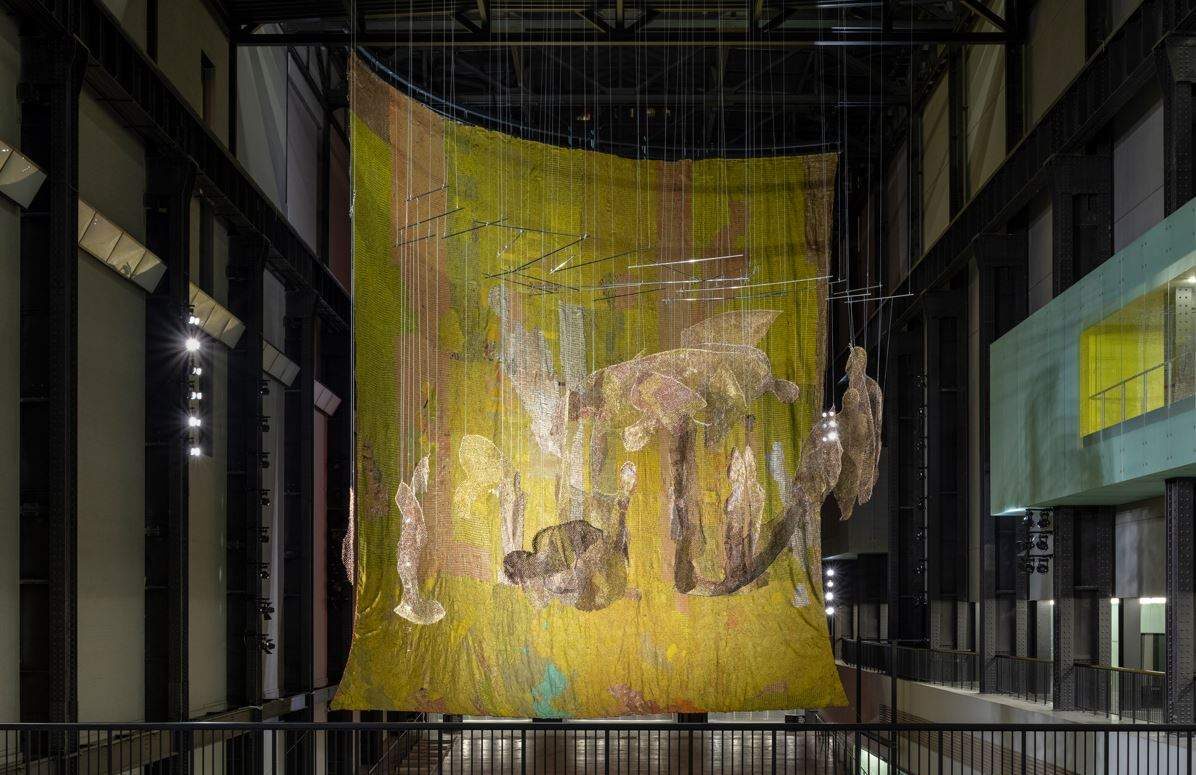
The descent into the Turbine Hall at the Tate Modern has barely begun before you find yourself confronted by the first stage of El Anatusi’s Behind the Red Moon installation: a monumental shimmering form suspended from the ceiling. Titled “The Red Moon”, the hanging features a multitude of red bottle tops that create a red or “blood” moon. The artful suspension makes the hanging appear as a ship’s sail – a sail battling the wind during its voyage – and this sense of movement encourages the viewer to embark on their own journey through the installation.
The Red Moon epitomises Anatsui’s artistic practice. It utilises found materials in an experimental fashion, to explore a topic that interests the artist. Anatsui has never shied away from experimenting with new mediums, but he gained international recognition when he incorporated bottle caps into his work. Subsequently, his most powerful pieces often have bottle caps at their fore.
The artist was born in Anayako, Ghana in 1944 but has spent the majority of his life in Nigeria. Anatusi has always adopted an exceptionally experimental approach to sculpture and Behind the Moon exemplifies this. Instead of conforming to colonial expectations of African art, the artist continues to use his bespoke method to create his works. Namely, the use of unexpected and found materials to explore ideas related to “African decolonisation movements”, migration and the evolution of humanity.
Intended to be viewed in tandem, but individually poignant, Anatsui’s installation consists of three dynamic compositions. Each sculptural form reflects Anatsui’s fascination with the “movement” and “migration” of people and goods in the transatlantic slave trade. Though an imperative element of the narrative, the second hanging, “the World”, is not afforded the attention it deserves due to the scale of its peers. The sculpture is beautiful, with bottle-top seals wired and manipulated to form invigorated human figures. Viewed from a specific angle, these individual forms unite to create a world. Despite aiding in the narrative, those interested specifically in Anatsui’s ideas on humanity may have appreciated viewing this piece independently.
Anatsui believes that art has a “variety of lives” and is a living entity. Curators Osei Bonsu and Dina Akhamadeeva have ensured this belief is reflected in the presentation of the pieces. The “natural sense of movement” created in the careful arrangement of the pieces infuses the work with vitality and enhances the viewing experience.
Despite the first and final stages of the installation visually overpowering the second stage to a small extent, the installation is an impressive display of how this experimental contemporary sculptor’s practice has no bounds.
Anatsui being renowned for his use of bottle tops places great expectations on a commission that sees this medium at its centre. Yet the artist manages to create a stimulating installation that pays homage to his personal interests and experimental style in a new capacity.
Kicki Bostic
El Anatsui: Behind the Red Moon is at Tate Modern from 10th October until 14th April 2024. For further information visit the exhibition’s website here.

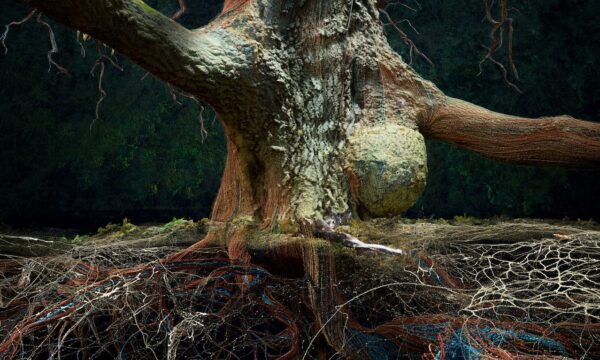

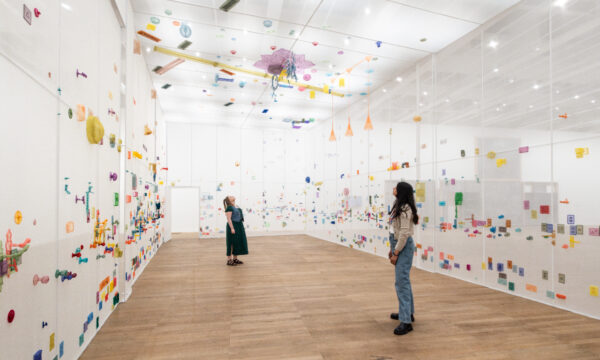
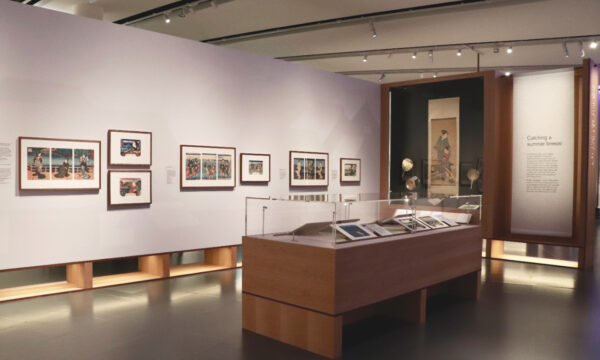
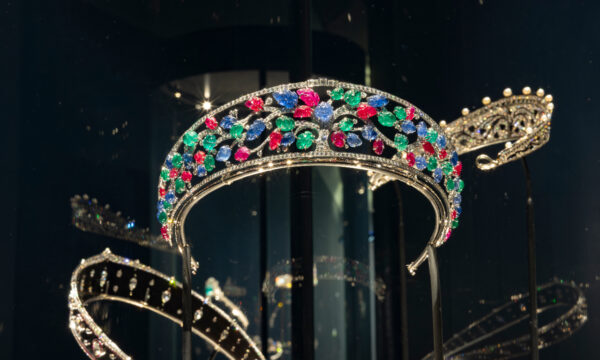

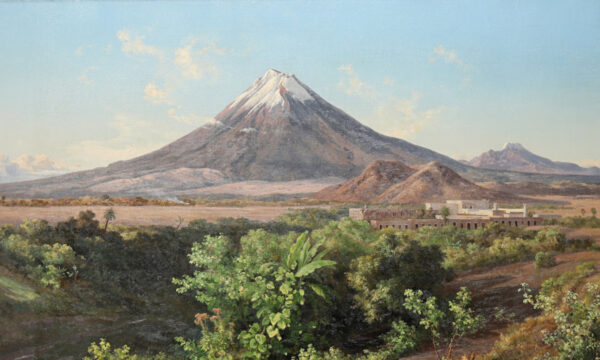
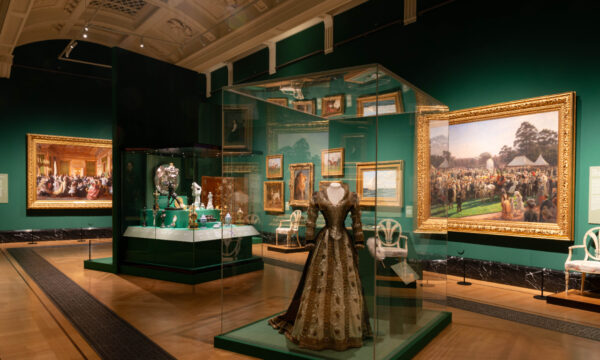
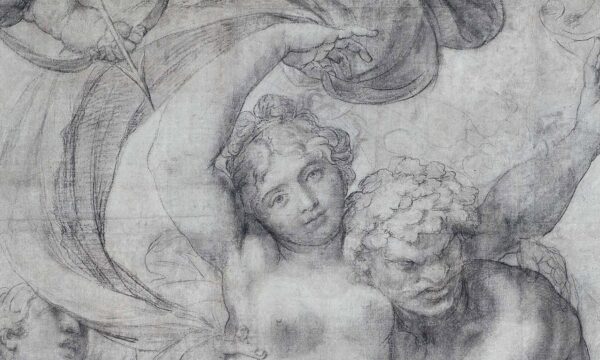
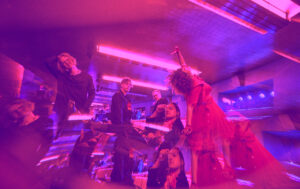


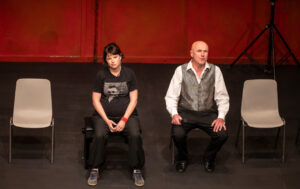


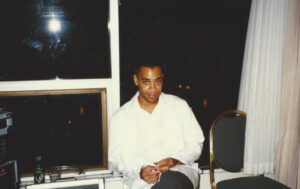
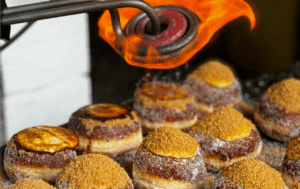
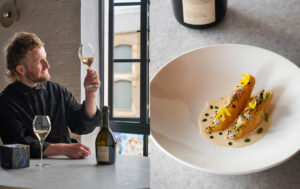






Facebook
Twitter
Instagram
YouTube
RSS